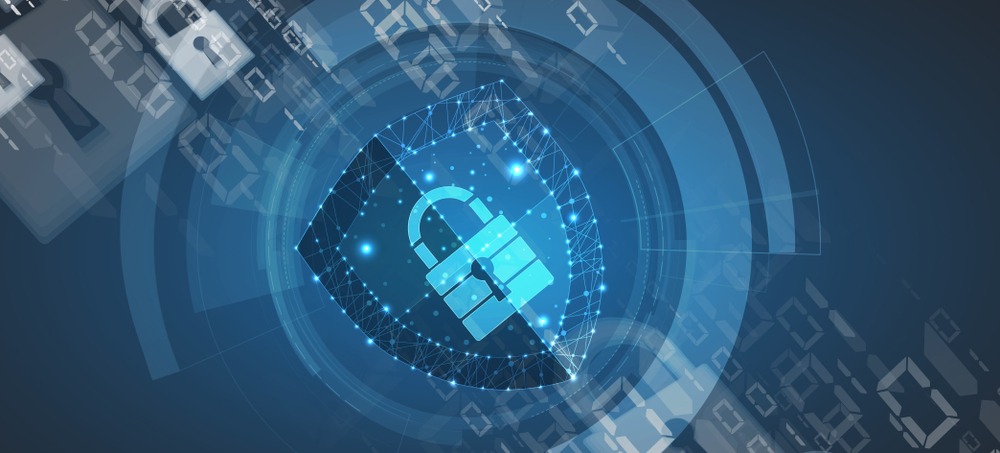
In the first, the need of cyber security awareness has been increased rapidly due to the rise of artificial intelligence (AI) and the internet of things (IoT) has revolutionized the way we interact with technology, enabling us to stay connected and productive in ways that were previously impossible.
However, this new era of connectivity also poses significant cybersecurity challenges, as the increased complexity and interconnectivity of devices and systems create new vulnerabilities and attack surfaces for cybercriminals to exploit.
Moreover, As AI and IoT continue to become more integrated into our daily lives, it is essential that we take a proactive approach to cybersecurity, to ensure that these technologies are deployed safely and securely.
Here are some key considerations for cybersecurity in the age of AI and IoT:
- Threat detection and response:
AI-powered threat detection and response tools are essential for identifying and mitigating cybersecurity threats in real-time.
- These tools can help organizations monitor their networks and systems for signs of suspicious activity, and can enable automated response mechanisms to minimize the impact of an attack.
-
Secure software development: With the proliferation of IoT devices and applications, it is essential that developers prioritize security from the outset.
- This means building security into the software development lifecycle, conducting rigorous testing and verification, and ensuring that security updates are deployed in a timely and effective manner.
- Data protection and privacy: As the volume and variety of data generated by AI and IoT devices continues to grow, it is essential that organizations implement robust data protection and privacy policies to safeguard sensitive information.
- Moreover, This includes encryption and secure storage, as well as protocols for data sharing and access control.
- Risk management and compliance: To ensure that AI and IoT systems are deployed in a compliant and secure manner, it is essential to conduct regular risk assessments and compliance audits.
- This includes identifying potential vulnerabilities and developing mitigation strategies, as well as ensuring that systems adhere to relevant regulatory frameworks and industry standards.
-
Human factors: While AI and IoT can provide powerful security tools, it is important not to overlook the human element in cybersecurity.
- This means ensuring that employees are trained on best practices for security, and that organizations have policies in place to minimize the risk of insider threats and human error.
However, Another important consideration for cybersecurity in the age of AI and IoT is the need for collaboration and information sharing.
Indeed, As cyber-attacks become increasingly sophisticated and complex, it is essential that organizations work together to share threat intelligence and best practices for mitigation and response.
Moreover, This collaboration can take many forms, from public-private partnerships and industry consortia, to informal networks of cybersecurity professionals and researchers.
Therefore, By pooling resources and expertise, organizations can gain a more comprehensive understanding of emerging threats and vulnerabilities, and can develop more effective strategies for defending against them.
Another key aspect of cybersecurity in the age of AI and IoT is the need for transparency and accountability.
With the increasing use of AI and IoT in critical systems and infrastructure, it is essential that organizations are transparent about their security practices and protocols, and that they are held accountable for any breaches or vulnerabilities that may occur.
This can involve measures such as public reporting of security incidents, independent audits of security practices and protocols, and regular updates on security initiatives and investments.
By fostering a culture of transparency and accountability, organizations can build trust with stakeholders and demonstrate their commitment to safeguarding sensitive data and systems.
Finally, it is important to recognize that cybersecurity is not a one-time effort, but rather an ongoing process that requires continuous monitoring, evaluation, and improvement.
As new threats and vulnerabilities emerge, organizations must be prepared to adapt and evolve their security strategies, and to invest in the latest technologies and best practices to stay ahead of the curve.
In addition, This can involve measures such as regular security assessments and audits, ongoing training and education for employees, and investments in emerging technologies such as AI-powered security tools and blockchain-based security protocols.
In conclusion, cybersecurity in the age of AI and IoT is a complex and multifaceted challenge.
but one that can be addressed through a combination of technology, collaboration, transparency, and ongoing improvement.
By prioritizing security from the outset, and by taking a proactive approach to threat detection and response, organizations can harness the full potential of these transformative technologies while minimizing the risk of cyber-attacks and data breaches.


